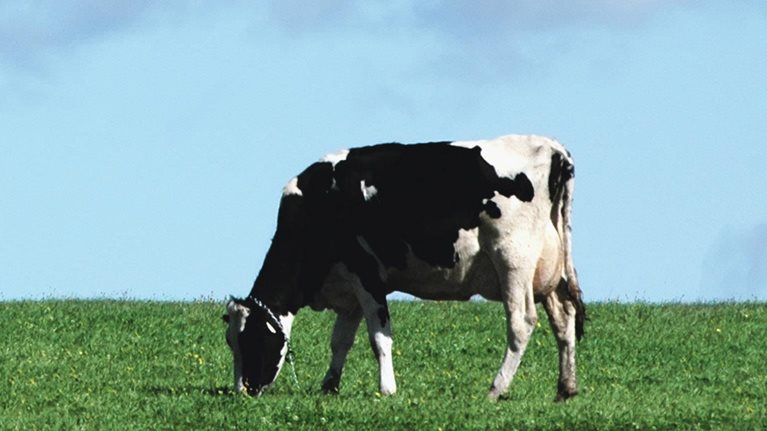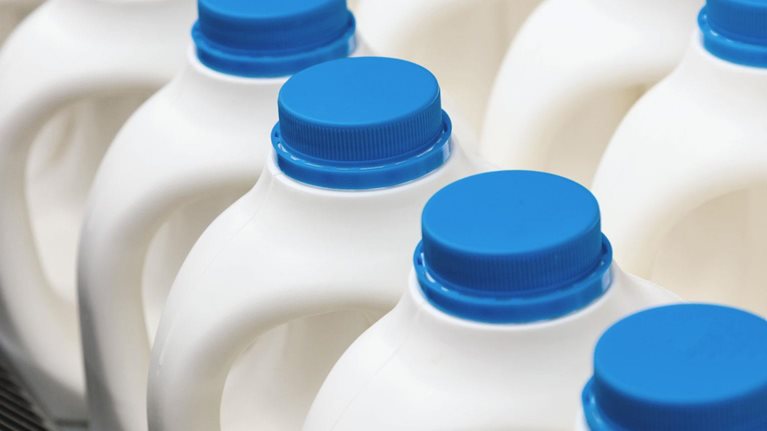The COVID-19 pandemic has had a massive impact on how consumers shop, eat, and live. Lockdowns and restaurant closures have contributed to a rise in the number of meals cooked and eaten at home, spurring meaningful volume growth across dairy products such as butter (more than a three-percentage-point increase, year over year) and fluid milk (more than a two-percentage-point rise, year over year).1 While retail-facing dairy companies have benefited from these consumer trends, the future of dairy consumption in a post-COVID-19 world is less clear. Once the world arrives at the “next normal,” how will dairy demand evolve? (See sidebar, “Why dairy industry companies may need new consumer-insight data sources.”)
To shed light on this question, McKinsey conducted its third annual US dairy consumer survey2 of more than 1,000 respondents in October 2020. Five main insights emerged:
- Demand for dairy is stabilizing at a higher level than prepandemic.
- Dairy alternatives will continue to gain popularity, benefiting from health and wellness trends, but not at the expense of traditional dairy.
- Experimentation with new dairy products and brands accelerated during COVID-19 and is likely to persist.
- Consumer focus on dairy’s environmental and social footprint has increased during COVID-19 and will continue to influence purchasing decisions among select consumers.
- Dairy consumers will continue to make purchases online, although in-store purchases will remain relevant.
In this article, we will explore the survey findings in greater depth, including what they indicate for future demand.
Demand for dairy is stabilizing at a higher level than precrisis
Growth in demand for dairy increased in 2020 across most categories, including a positive turn for fluid milk for the first time in four years.3
Postpandemic trends for dairy consumption look promising: 70 percent of surveyed consumers said they plan to purchase about the same amount of refrigerated dairy milk, cheese, and butter that they did during the crisis period; 20 percent plan to purchase more cheese and yogurt. The expected increase in cheese buying may be driven by an anticipated increase in social occasions where specialty cheeses are served. For yogurt, a main driver of the planned increase in purchases is likely commitment to health, including the link between live cultures and probiotics and their potential impact on the immune system.
One exception stands out: while the majority of consumers plan to purchase the same amount or more of ice cream, consumers are twice as likely to reduce purchases in this category relative to all other dairy products. Health trends may underpin this response, including expectations that once the pandemic ends, indulgences in comfort food will subside.
Consumer plans to maintain or increase dairy purchases following the pandemic are consistent with the optimistic views dairy leaders hold for the industry’s future. In a 2020 International Dairy Foods Association survey of more than 40 US dairy executives, 84 percent of respondents said they expect annual revenue growth of 3 percent or higher in the coming three years. In contrast, in 2019, only 35 percent of surveyed dairy executives anticipated sales volume growth by 2022.
While dairy alternatives have benefited from a healthy reputation, growth has not come at the expense of traditional dairy
A similar story emerges for alternative dairy products such as almond, soy, and coconut milk, with about 80 percent of consumers reporting plans to purchase the same amount or more from those categories postpandemic that they did precrisis (Exhibit 1). These responses likely stem from a focus on health and wellness and the perception that dairy alternatives are healthy options (perception that dairy alternatives are healthier options is a top driver of consumers’ purchasing more dairy alternatives during the pandemic, according to the McKinsey survey).

Relative to traditional dairy, consumption of alternative dairy may not accelerate as much.
In our October 2020 survey, nearly 50 percent of surveyed dairy or dairy-alternative consumers reported purchasing alternative dairy products. Of those who purchased these products, 42 percent cited health as a primary driver (a 14 percent increase from 2019), with “better for the environment than traditional dairy” and “longer shelf life” as the next most popular reasons for buying.
While alternatives remain popular, this is not at the expense of traditional dairy: consumers do not see dairy and nondairy alternatives as interchangeable, according to the McKinsey survey. For consumers who keep dairy and nondairy alternatives in their households, 64 percent reported that they do not see alternatives as a substitute for dairy milk; only 7 percent would use alternatives to replace dairy milk and might stop using dairy milk altogether. Anecdotally, dairy companies also report a rise in flexitarians and households stocking both dairy and nondairy alternatives.
Experimentation and lack of brand loyalty have influenced purchases during COVID-19 and are likely to persist
About 25 percent of consumers reported having tried a new dairy brand in the October 2020 survey, compared with 41 percent who said they had tried a new dairy product in our 2018 survey. Of the one-quarter of consumers who tried a new brand during COVID-19, 73 percent either switched to the new brand completely or continued to buy both the old brand and the new one. For those who did try a new product, the primary driver was “trying something new,” followed by availability (product out-of-stocks occurred in spring and early summer 2020) (Exhibit 2). Experimentation in food overall grew 150 percent between 2019 and 2020, with 8 percent versus 20 percent of consumers having changed brands of packaged food goods in that period (McKinsey 2020-2021 Consumer Sentiment Survey).

Although brand loyalty appears to be higher for dairy than for other food categories, only 28 percent of those who switched said they returned to the original brand, with 15 percent migrating to the new brand altogether (for a net loss of about 4 percent of customers) and 59 percent buying both brands. Innovation and novelty continue to offer compelling ways to attract jaded customers, as well as reinforcing claims and communication with increasingly advanced marketing tactics.
Environmental and societal impact of dairy continues to be on consumers’ minds
Consistent with years past, consumers continue to be focused on the impact dairy production has on the environment and on society more broadly, particularly the environmental effect of carbon emissions and plastic packaging on animal welfare. About 55 percent of US dairy consumers said they might consider purchasing more dairy products from a company that has made environmental sustainability part of its mission.4 Of the 33 percent of dairy consumers who said that they would purchase more, 70 percent would be willing to pay a premium for these products.
While almost half of surveyed respondents think the dairy industry today is environmentally sustainable, one-third believe improvement is needed, and one-fifth feel the industry is not sustainable. Concerns about sustainability appear to be most concentrated among urban consumers, while rural consumers reported slightly higher confidence in dairy-industry sustainability (48 percent of urban consumers versus 54 percent of rural consumers believe the dairy industry is environmentally sustainable).
Would you like to learn more about our Agriculture Practice?
Similarly, about 50 percent of consumers would purchase more products from a company that makes animal welfare part of its core mission; of that group, about 75 percent would pay more for those products. While these responses express preferences rather than actual sales, they still highlight the importance of these factors.
While online shopping gained market share during the pandemic, it will not replace traditional retail yet
During the pandemic, online shopping for dairy products grew at unprecedented rates: household penetration for online butter and milk purchases rose by more than 200 percent between March and August 2020, compared with the same period in 2019. Online shopping for dairy is more than two times more popular with higher-income shoppers (more than $100,000 household income). Additionally, male respondents reported shopping online twice as frequently as female respondents. More than half of dairy consumers who shop online cited time savings and safety as top drivers for online purchasing; this trend holds across age, gender, and income. Additional drivers include lifestyle and ease of price comparisons, each of which was a top motivator for about 40 percent of online dairy shoppers.
Despite this e-commerce growth, in-store remains the most popular place for people to shop for dairy; 58 percent of surveyed consumers reported buying dairy mostly in-store, compared with 21 percent who said they bought dairy mostly online during the pandemic. Looking ahead to a postpandemic world, surveyed shoppers plan to reduce their online dairy purchases more than their in-store purchases (Exhibit 3).
Most consumers plan to maintain or increase their purchases of in-store and online dairy products, slightly favoring in-store.

Retail-facing dairy companies have been able to weather the COVID-19 pandemic better than others. The question now is whether consumption preferences have changed for good. Our survey suggests some longer-term shifts, but dairy marketers will need to sharpen their customer-insight capabilities to make sure they stay on top of the trends.


